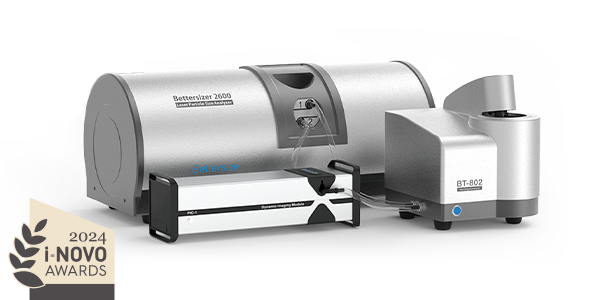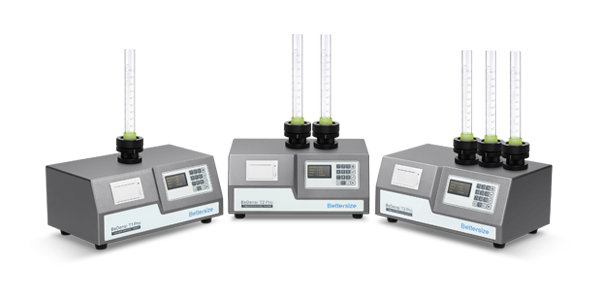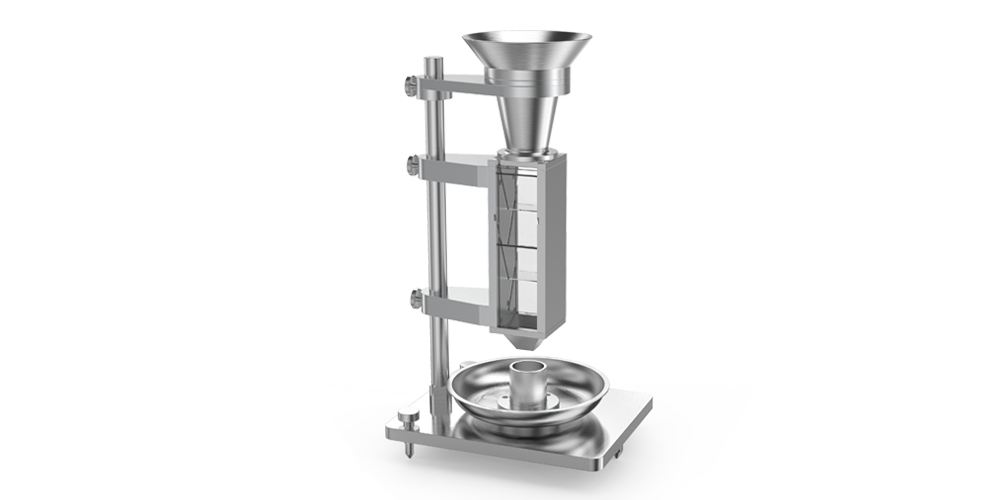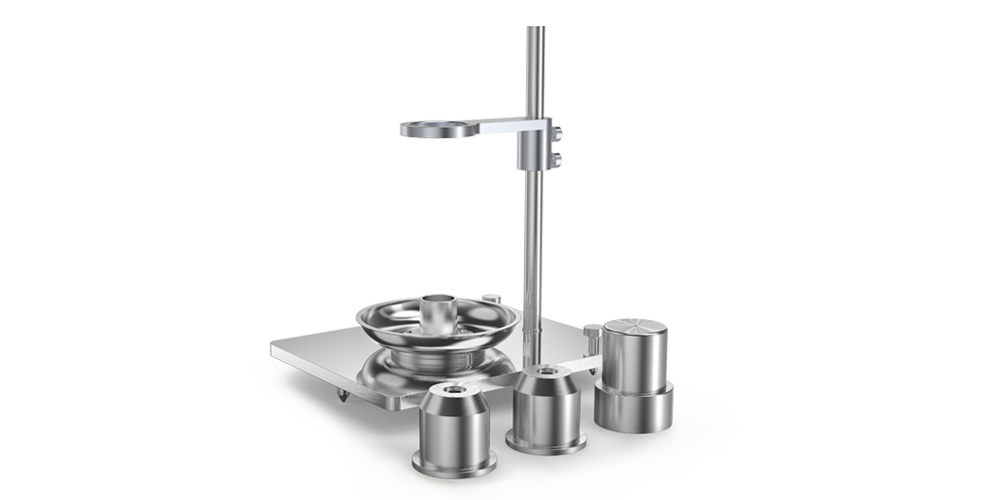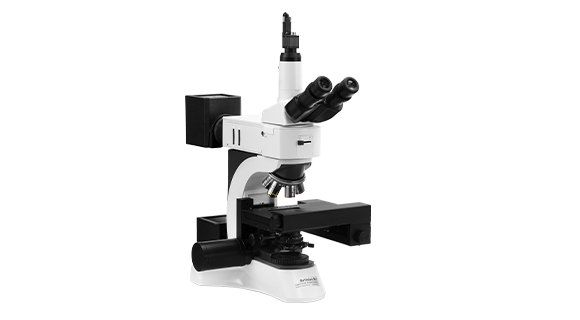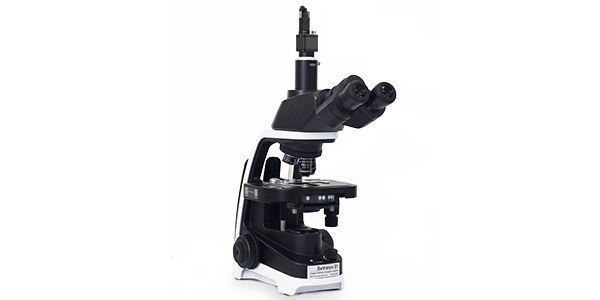Аддитивное производство
Предоставить вам размер частиц распределение и форма частиц данные анализа гранулометрического состава и формы частиц металлов.
Производство металлов включает в себя различные физические и химические процессы, в том числе дробление, газовое, жидкостное и центробежное распыление, прямое восстановление и экстракцию. Каждый метод имеет строгие показатели контроля, такие как температура, давление, класс, изоляция и защита, для обеспечения размера частиц, формы частиц, качества и других физических и химических свойств конечных продуктов.
Благодаря тестированию размера частиц, формы частиц и физических свойств порошка, приборы Bettersize могут отслеживать и контролировать качество продукции, улучшать качество продукции и оптимизировать технологию производства в процессе разработки и производства металлов. Применяемые продукты включают алюминиевый порошок, висмут, бронзу, карбиды металлов, кадмий, хром, кобальт, медный порошок, галлий, гафний, индий, железный порошок, свинец, магниевый порошок, молибденовый порошок, никель, ниобий, платина, рений, рубидий, кремний, серебро, стронций, тантал, олово, диоксид титана, вольфрам, ванадий, иттрий, цинковый порошок и оксид циркония, а также другие редкие металлы и множество различных сплавов этих первичных металлов.
Кроме того, при производстве деталей из порошковой металлургии требуется анализ размера и формы частиц. Детали из порошковых металлов изготавливаются из порошковых металлов с использованием различных технологий производства. К ним относятся прессование и спекание, порошковая ковка, горячее изостатическое прессование, спекание под действием электрического тока, литье металлов под давлением и селективное лазерное плавление.
Требования к размерам распыляемого металлического порошка зачастую жестче, чем при других способах изготовления деталей. D(50) может быть меньше, а распределение частиц по размерам - более узким для сложных деталей с тонкими поверхностями. Бимодальное распределение может потребоваться для достижения максимальной плотности рыхлой упаковки на станине лазерного плавителя, чтобы оптимизировать плотность и прочность и минимизировать пустоты в готовых деталях.
Получаемые частицы должны иметь высокую сферичность и гладкую поверхность для обеспечения хорошей текучести и упаковки в слое лазерного плавителя.
Загрязняющие вещества являются вредными для любого металлического порошка, даже одно загрязнение может привести к точечному дефекту на очень тонком участке детали. Динамический анализ изображений может использоваться при контроле качества для отслеживания неравномерности, шероховатости или просвечивания частиц. Количество материала, непригодного для использования, может быть определено как доля образца по объему или количеству.
Переработка металлического порошка может привести к его износу и загрязнению при переработке. Если он выходит за пределы спецификации, его приходится переплавлять и повторно атомизировать, что требует больших затрат, чтобы снова получить порошок, соответствующий спецификации.
Контроль качества металлических порошков должен осуществляться в соответствии со спецификациями качества производителей порошка при выходе из производства и при входе в производство деталей порошковой металлургии. Морфология и гранулометрический состав порошка влияют на текучесть, плотность упаковки и уровень загрязнения металлических порошков.
Кроме того, измерение морфологии и гранулометрического состава порошка с помощью описанных ниже систем помогает определить прочность зеленой массы, пористость, прочность спеченного металла и механические свойства сформированных деталей.
Citations
- Bettersizer 2600
Functional redundancy as an indicator for evaluating functional diversity of macrobenthos under the mussel raft farm near Gouqi Island
DOI: 10.1016/j.aquaculture.2023.740024 Read ArticleZhejiang Ocean University | 2024Biological traits analysis (BTA) helps to evaluate the effects of different environmental variables on the traits-based functional composition of macrobenthos. However, research on functional traits of macrobenthos under mussel farming is limited. We investigated the spatial and temporal response of the benthic system in terms of taxonomic and functional diversity to environmental variables of farming and natural stressors resulting from suspended mussel farming near Gouqi Island of eastern China Sea. The functional traits of macrobenthic assemblages under mussel farming were characterized by “medium adult body size”, “vermiform body form”, “high flexibility”, “infauna”, “semi-motile”, “gonochoristic”, “surface deposit-feeders”, “carnivores”, “semi-motile burrowers”, and “tube-dwellers”. Functional redundancy was stable in response to mussel farming stresses among seasons, whereas species diversity showed efficient to evaluate natural variables. Functional diversity was significantly affected by farming stressors rather than natural variables, Further analysis using multivariate methods together with continuous monitoring were highlighted to evaluate the impacts of mussel farming. Our results reinforce the importance of macrobenthic species and functional traits analysis to evaluate human stresses driven impacts in offshore ecosystems. By analysing the environmental variables with different sources, independently, we concluded the main effects of human pressures on macrobenthic community. Such distinction could be particularly effective to isolate variable environmental descriptors and evaluate their effects on functional diversity, making the current approach promising for the evaluation of ecological effects of anthropogenic stressors in aquaculture areas. - Bettersizer 2600
Degradation characteristics and utilization strategies of a covalent bonded resin-based solid amine during capturing CO2 from flue gas
DOI: 10.1016/j.seppur.2023.125621 Read ArticleChina University of Petroleum | 2024In this study, various types of degradation as well as attrition which are possibly encountered in a circulating fluidized bed temperature swing adsorption (CFB-TSA) process, were conducted experimentally to evaluate the stability of a resin-based solid amine sorbent. Other characterizations methods, such as elemental analysis (EA), Fourier transform infrared spectroscopy (FTIR) etc. were applied to further reveal the degradation mechanisms. The results showed that thermal degradation occurs from 140–160 °C due to the decomposition of amine group. The CO2-induced degradation occurs from a higher temperature of 160–180 °C accompanied by the production of urea. Hydrothermal stability is good below 130 °C, but the ionic impurities in steam crystalized on particle surface can accelerate the degradation. Oxidative degradation is the most harmful, which starts at a lower temperature of 70–80 °C with the formation of aldehyde. The existence of H2O in atmosphere can alleviate the oxidative and CO2-induced degradations. The employed sorbent has a very low attrition index of 0.05, which is 1–2 orders lower than typical commercial fluidized bed catalysts. Based on the results of stability evaluation, some design suggestions for proper utilization of this sorbent or other similar resin-based sorbents have been provided in an industrial CFB-TSA process.
- Bettersizer 2600
De-branching of starch molecules enhanced the complexation with chitosan and its potential utilization for delivering hydrophobic compounds
DOI: 10.1016/j.foodhyd.2023.109498 Read ArticleShihezi University | 2024The current study aimed to prepare the complexes between debranched-waxy corn starch and chitosan polymers (DBS-CS), and then investigated their corresponding structural characteristics, rheological property and potent application in Pickering emulsion. The results indicated that the existence of chitosan significantly inhibited starch short-range molecular rearrangement for all DBS-CS samples, which was manipulated by both debranching treatment and chitosan content. Interestingly, this is the first study to reveal that the outstanding peak at 1.8 ppm in 1H NMR spectrum for sample DBS-CS was gradually shifted towards a lower-field region following an increased chitosan content. Moreover, the debranching treatment shifted the crystallinity pattern from A-type to B-type and the relative crystallinity of DBS-CS decreased gradually with the increased content of CS. All samples had a pseudoplastic fluid and shear-thinning behavior with an enhanced shear resistance following the complexation. The DBS-CS was applied in a Pickering emulsion for showing a greater emulsifying stability and a lower gel strength than native NS-CS prepared emulsion. Importantly, the encapsulation ability of curcumin in the DBS-CS emulsion was significantly improved, followed by an increase of 15.45% for its corresponding bioavailability compared to the control. Therefore, this study might highlight a potential carrier for delivering the bioactive substances in a green pattern. - Bettersizer 2600
Heat-induced aggregation behavior of wheat gluten after adding citrus pectin with different esterification degree
DOI: 10.1016/j.foodhyd.2023.109420 Read ArticleGansu Agricultural University | 2024Wheat gluten aggregation during heat treatment is beneficial to the final quality of gluten-based products. Exogenous pectin can affect gluten aggregation. However, the effect of pectin with different degrees of esterification on the heat-induced aggregation behavior of gluten and its possible mechanism are still unclear. Thus, the heat-induced aggregation behavior of gluten after adding pectin with different esterification degree was studied in this study. When the temperature was raised from 25 °C to 95 °C, pectin affected gluten aggregation and was related to the degree of esterification. Specifically, the results of rheological properties and particle size indicated that low-ester pectin improved the viscoelasticity of gluten and promoted gluten aggregation. Thermal properties revealed that enthalpy of gluten added with low-ester pectin (37%) increased from 92.96 J/g to 95.40 J/g during heating process. Structurally, the fluorescence intensity and surface hydrophobicity of gluten added with low-ester pectin (37%) were lower than those added with high-ester pectin (73%). In addition, low-ester pectin (37%) significantly increased the disulfide bond content (from 15.31 μmol/g to 18.06 μmol/g) and maintained β-sheet content of gluten compared with gluten alone at 95 °C, indicating that low-ester pectin was more likely to induce gluten aggregation. However, scanning electron microscope showed that the gluten added with low-ester pectin (46%) exhibited a denser network structure at 95 °C than that added with low-ester pectin (37%). These results will provide a theoretical base for the regulation of gluten aggregation and the quality of gluten-based products by pectin with different esterification degree.
- 1
- 2
- 3
- 4
- 5
- 6
- 84
Курируемые ресурсы
- Application Note
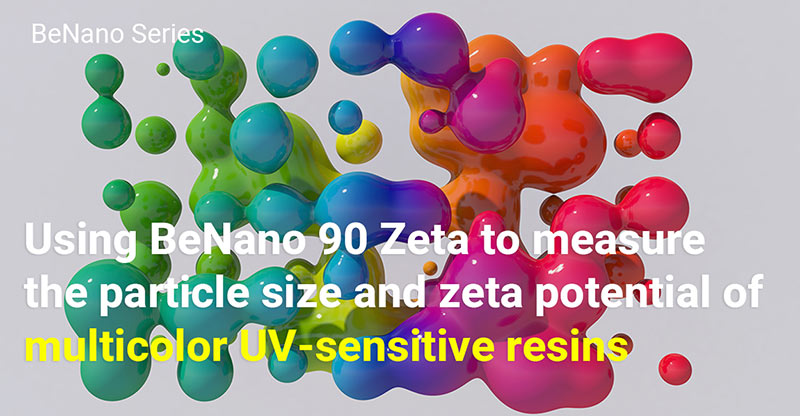 bigClick
bigClick2023-07-05
Using BeNano 90 Zeta to measure the particle size and zeta potential of multicolor UV-sensitive resins
- Application Note
 bigClick
bigClick2022-04-06
Particle characterization for additive manufacturing: Analysis of the key parameters particle size and shape using only one instrument
Соответствующий анализатор размера частиц
-
Bettersizer S3 Plus
Particle Size and Shape Analyzer
Measurement range: 0.01 - 3,500μm (Laser System)
Measurement range: 2 - 3,500μm (Image System)
-
Bettersizer 2600
Laser Diffraction Particle Size Analyzer
Measurement range: 0.02 - 2,600μm (Wet dispersion)
Measurement range: 0.1 - 2,600μm (Dry dispersion)
Measurement range: 2 - 3,500μm (Dynamic imaging)
-
BeDensi T Pro Series
Tapped Density Tester with a Wallet-Friendly Solution
Number of Workstations: 1-3
Tapping Speed: 100 - 300 taps/min
Repeatability: ≤1% variation
-
BeDensi B1-S
Scott Volumeter
Measurement: Bulk Density
Compliance with USP, Ph. Eur., ASTM, and ISO standards
-
HFlow 1
Flowmeter Funnel
Measurement: Bulk density and Flow rate
Compliance with USP, Ph. Eur., ASTM, and ISO standards
-
PowderPro A1
Automatic Powder Characteristics Tester
Operation Mode: Automatic
Tapping Speed: 50 - 300 taps/min
Repeatability: ≤3% variation
-
BeVision D2
Dynamic Image Analyzer
Dispersion type: Dry
Measurement range: 30 - 10,000μm
Technology: Dynamic Image Analysis
-
BeVision M1
Automated Static Image Analyzer
Dispersion type: Dry
Measurement range: 0.3 - 10,000 μm
Technology: Static Image Analysis
-
BeVision S1
Classical and Versatile Static Image Analyzer
Dispersion type: Dry & Wet
Measurement range: 0.3 - 4,500 µm
Technology: Static Image Analysis



